The Entrepreneurship Lessons You Should Know From Gucci
Pavani Mantripragada
February 22, 2023. 4 minute Read
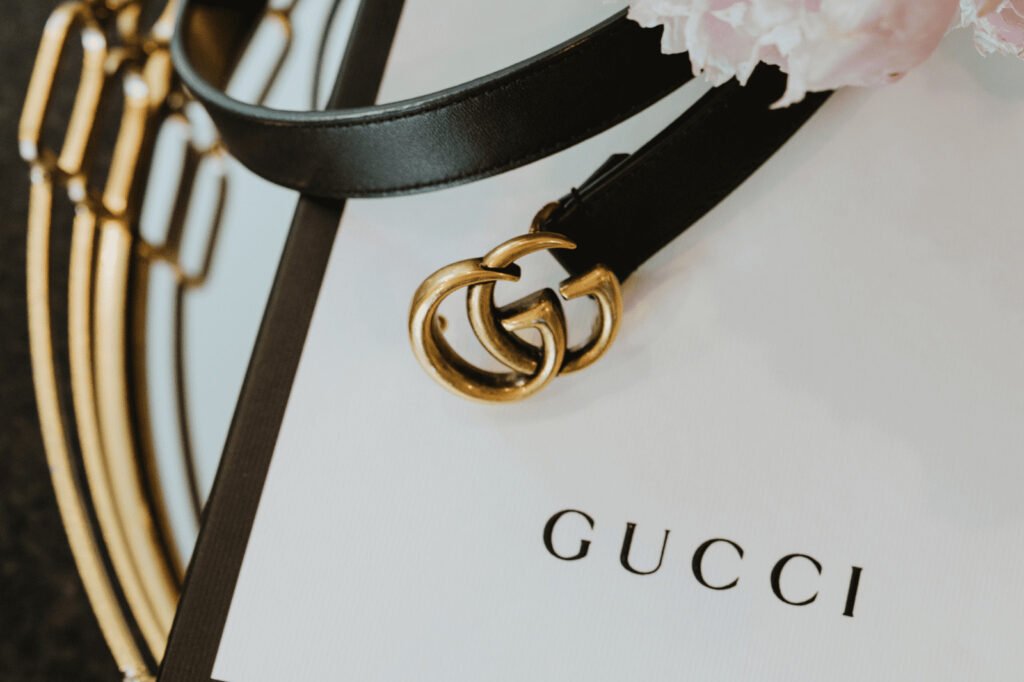
The girl’s got everything! (x4)
I’ve got it all,
Jimmy Choo & Manolo, Prada, Galliano,
Cant get nuff, I want more and more…
Louis Vuitton & the Stella Mccartney, Donatella Versace,
I Use bag from GUCCI !!
Gulabi ankhein jo meri dekhi,
Diwana har dil hogya,
Sambhalo khud ko, zara becharo,
Ki jeena mushkil ho gya !!
Remember the iconic song introducing us to Alia Bhatt in Student of The Year? I doubt we all were introduced to luxury goods through the song and Alia Bhatt as teenagers in 2012. At least I was introduced to all of them through this song.
Gucci is a style statement. A luxury that we’ve all heard of. Even if people mispronounce it in small towns, they know the brand. That’s how brilliant Gucci is at selling its brand name.
Gucci is synonymous with style, luxury, and fashion statements. But that had only sometimes been the case. Every brand starts as a new small venture and becomes big through work. Talent, indeed, is a thing, but the critical element is Marketing the brand.
Gucci’s history is primarily filled with a whole lot of controversies. The history of its acquisition plans and the timeline of Maurizio Gucci is an entire story of its own which is the focus of the Netflix series “House of Gucci.”
Gucci was the brand that was started by Guccio Gucci, who worked in a luxurious Savoy Hotel as a bellboy. For a measurement of how expensive it is, one night stay in Savoy is around Rs. 55,000. He saw their luxury bags and wanted to do the same. That’s where his inspiration for creating Gucci sparked.
Although Gucci’s history is rich and exciting, it teaches us outstanding Leadership and Marketing Lessons.

Lesson Number 1: Know Who is Your Target Audience
Gucci knew it wanted to cater to the high class society. So even when Leather was being looked down upon during World War, Gucci didn’t stop working with it.
He knew the market for leather in high-class people. Later when leather was resumed, Gucci invented his famous pigskin leather, which became a brand aspect of its bags. They started using bamboo sticks for the handles in their bags.
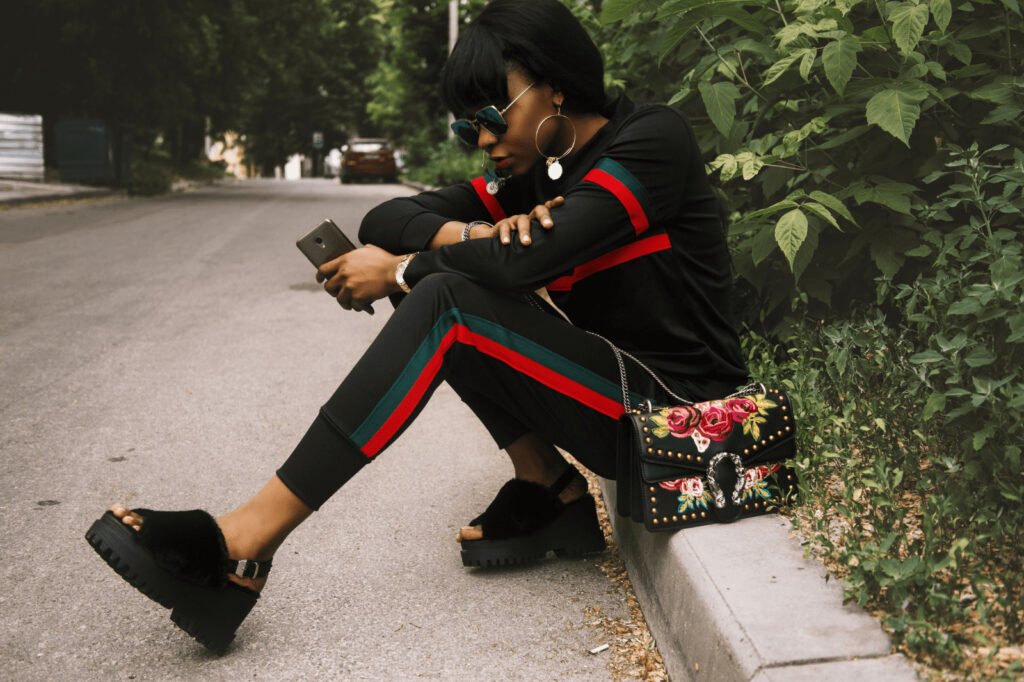

Lesson Number 2: Always try to Register your Brand's Logo And Keep Expansion in Mind
Guccio Gucci had three sons Aldo, Vasco, and Rodolfo.
Rodolfo Gucci opened the first store in Milan in 1951. Around then, the green-red-green stripe and web symbol had become registered and official brand recognition for Gucci products.
In 1953, Gucci became a recognized Italian brand that reached America. It opened the New York Store and was an instant hit. That’s when the GG symbol has also become a registered Gucci’s visual brand identity.
In 1955, the Gucci House Crest was registered to the brand as its official house insignia.In 1961, Gucci reached London and Palm Street.
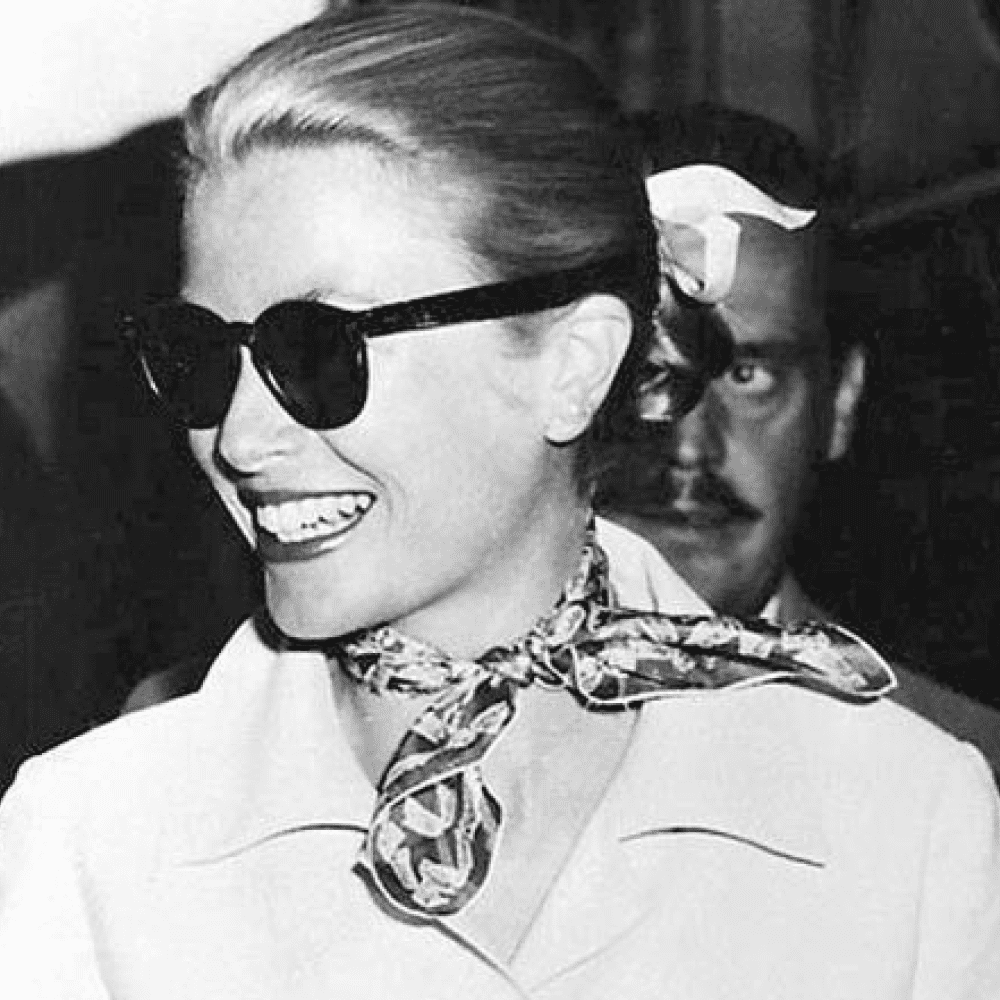
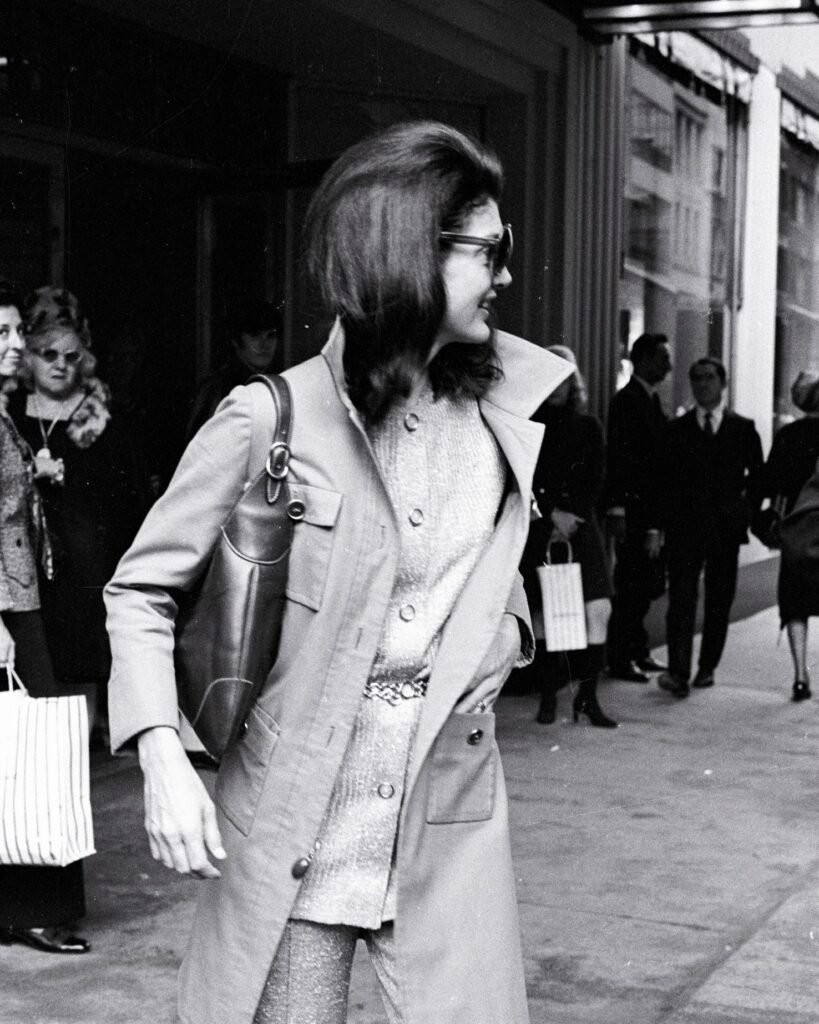
Lesson Number 3: Always Plan For Your Brand To Be Seen With Famous People And Custom Make Products For Them
In 1961, Jacqueline Kennedy, the First Lady of the United States and wife of President John F Kennedy, was seen with a Gucci Bag. That was the first time a celebrity officially made Gucci a style statement.
Although Guccio Gucci had not been around to see his product in the hands of Jacqueline Kennedy, Gucci was immortalized in that picture of her with the Gucci bag.
Later in 1999, Gucci named the bag Jackie in her memory.
Then, they created the infamous floral printed scarf for Princess Grace of Monaco. These had become the times when Gucci hit the stars and was captured as a famous brand.
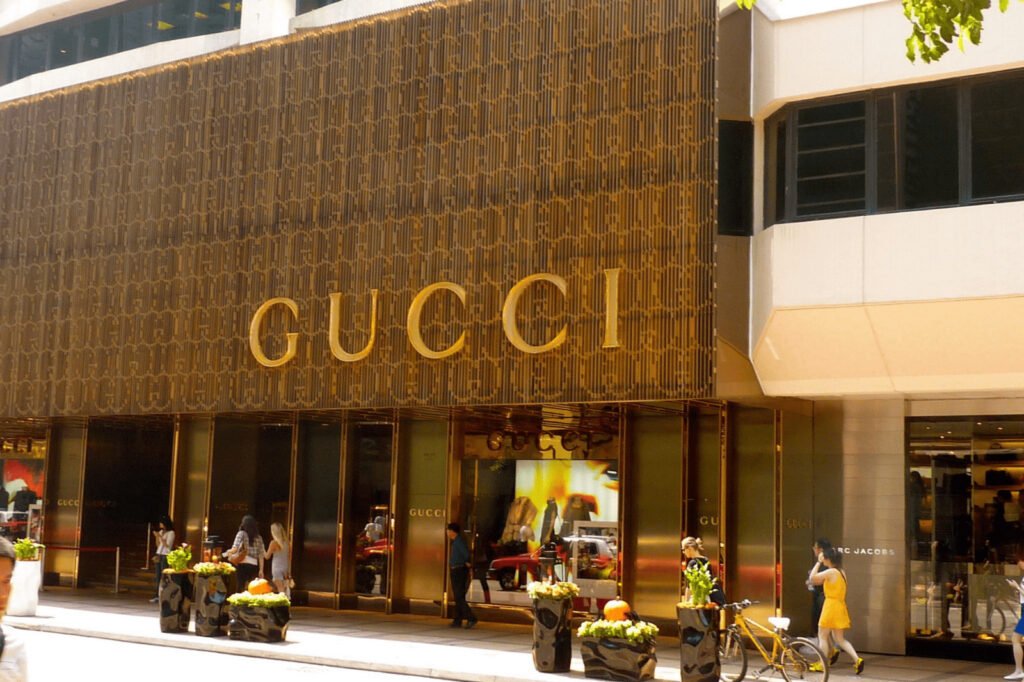
Lesson Number 4: Success in Business is never a straight line. Deal them With Grace
Although Gucci was seen by many celebrities later, it had soon been reduced to a cheap duty-free product by 1981.
But they didn’t give up, changing the leadership to Rodolfo Gucci in 1982 and to Maurizio Gucci, his son, the consequent year.Maurizio then started his movement to change how the brand
was being to and bring it back to its glory.
Maurizio Gucci teamed with Bahrain-based investment banking and asset management company Investcorp, which purchased 50 percent of Gucci shares from the family — Aldo was the last to accept to sell.
Maurizio Gucci’s intuition was to call Dawn Mello, then president of Bergdorf Goodman, to revitalize the brand. She brought Richard Lambertson, head of Bergdorf’s accessories department, to be the design director, and in 1990, American designer Tom Ford joined the company to oversee women’s ready-to-wear.
In 1993, Maurizio Gucci transferred his shares to Investcorp, ending the family’s involvement in the firm. Gucci’s restructuring was hit by a challenging retail market in the early ’90s. At the same time, customers had to adjust to a new and more sophisticated product.
In 1994 Ford was appointed creative director. His first collection, for the Fall of 1995, focused on jet-set glamour and was a critical and commercial success, putting the label back at the forefront of fashion.
On March 27, 1995, Maurizio Gucci was gunned down in front of his office in Milan.
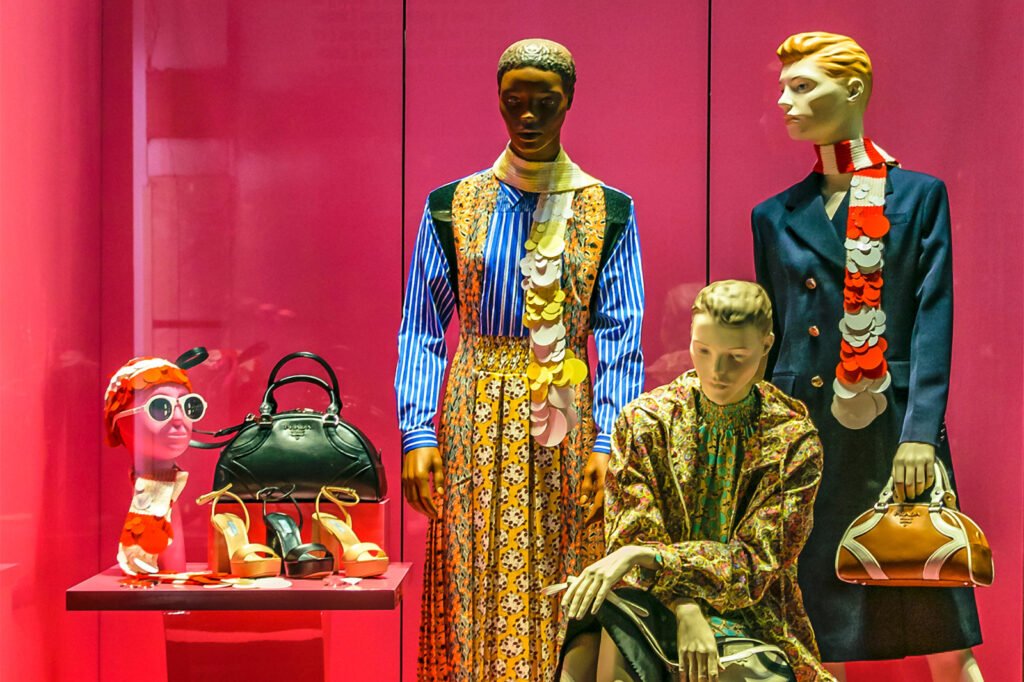
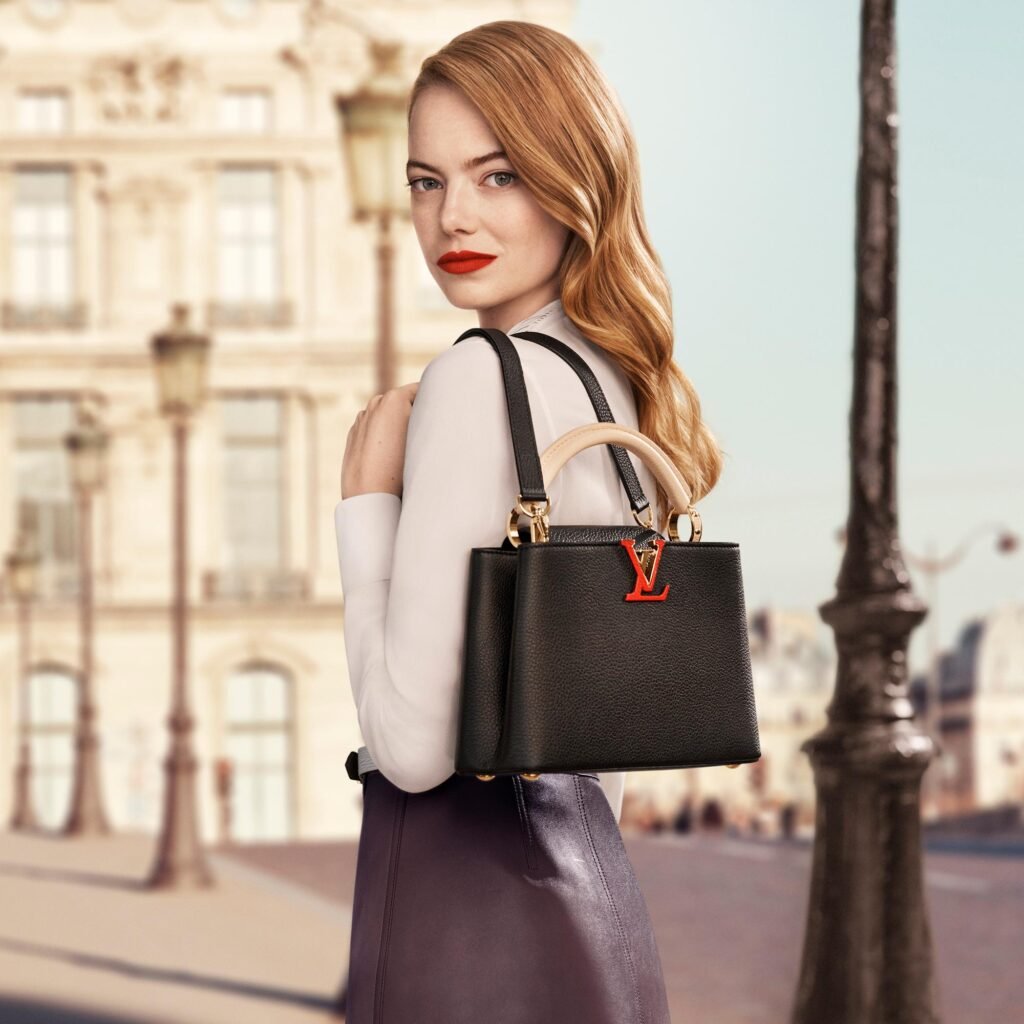
Lesson Number 5: Be Prepare To Fight Your Competitors
For as long as they stayed in America, Gucci’s most significant competitor was Louis Vuitton, a French Luxury Brand. It had also been their constant prick in the sole for Gucci.
In 1995 when Maurizio was killed, Gucci went public to New York and Amsterdam stock exchanges. After the death of Maurizio, Dominico De Sole became the CEO of Gucci.
De Sole and Tom Ford made an excellent team for Gucci, being renamed Tom and Dom Dream Team. They did quite the hard work to reinstate the brand image, which went down as just duty-free products. They would go on to do miracles for Gucci and its branding.
Tom Ford started targeting A-Lister Actors and getting them interested in the brands.
When the stocks when public, Louis Vuitton CEO Bernard Arnault started buying the shares in Gucci, which soon amassed up to 34%. It later also ate up the stocks that Prada had acquired with them.
De Sole and Ford started to sue Louis Vuitton for trying to completely take over Gucci without launching a full and fair bid to shareholders. They were just about to lose the company to Louis Vuitton. But in the Netherlands, where the company was listed, it was completely legal.
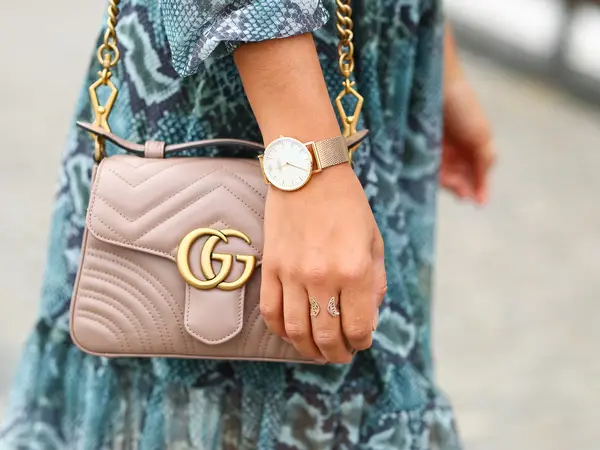
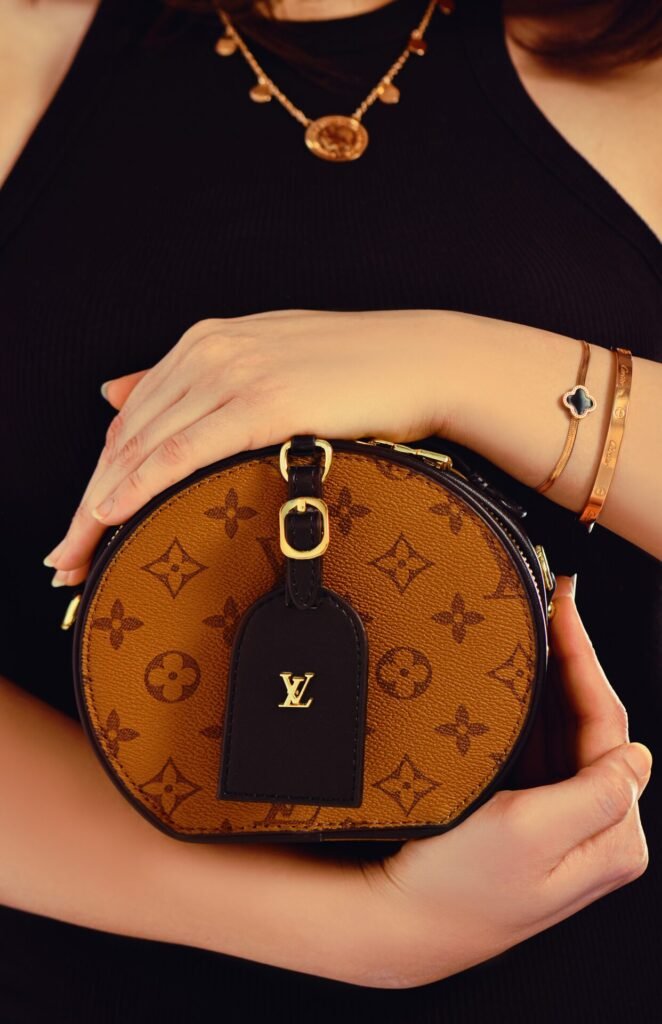
Lesson Number 6: Keep Your Enemies' Enemy Close To You
Just when they assumed that there was no way out, they received backing from Francois Pinault, the French Rival Company of Louis Vuitton. The multinational company he owned was then called PPR, now called Kering. They brought the company and listed it under their companies, ultimately their great save.
The legal troubles didn’t just end with the listen. Louis Vuitton launched a counter suit to it. The legal battle lasted until 2001, when Louis Vuitton and Kering went on a full takeover battle. Gucci heavily relied on taking its own power without Louis Vuitton trying to overtake them.
Finally, Kering won the takeover battle.

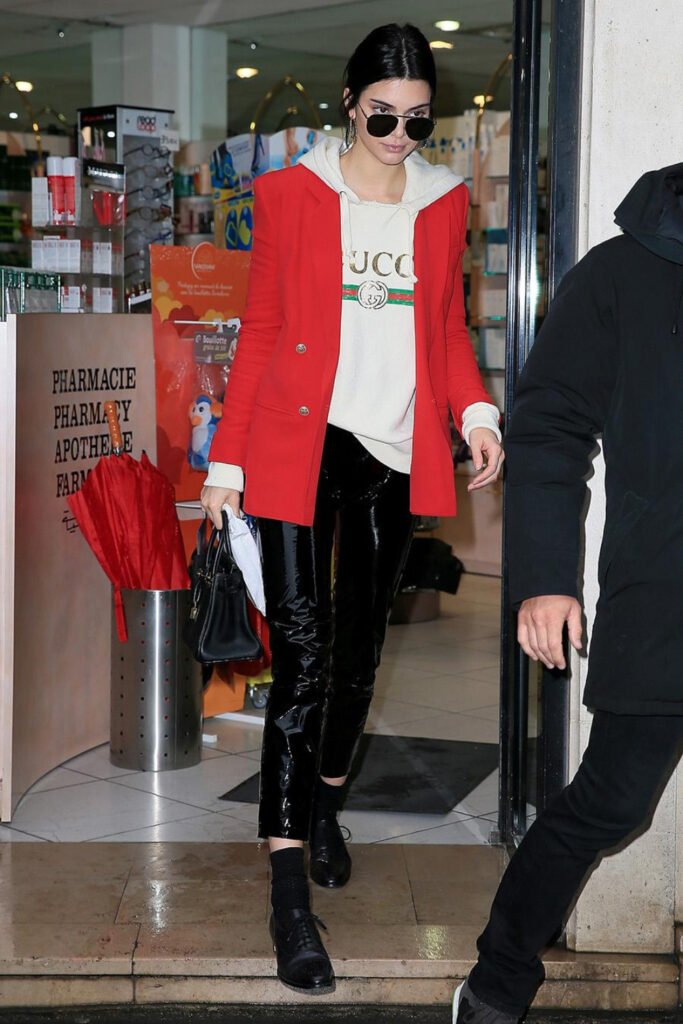
Lesson Number 7: Promotion and Advertising
Gucci’s promotion and advertising strategy make it one of the luxury brands. They send their products to famous people who are the face of their target audience. Gucci knows its target audience and how to get it.
Gucci, which began as a luxury bag company, expanded itself into a luxury fashion brand. It targets A-Listers and caters to their personality as needed, like the bag for Jacqueline Kennedy and the floral scarf for Princess Grace of Monaco. Gucci spreads its customer base by increasing its visibility. They develop their goods according to their customer’s needs and then make their pricing such as a premium product.
It uses a broad base audience on Instagram, Pinterest, Facebook, Youtube, and Tumblr. Making itself well known to its audience.
Ad Below
Final Thoughts
Understand the market, its needs, and exemplary leadership. When you understand the ins and outs of the business, you will float ahead. Gucci, which started as a bag company, soon became a Gucci Group that owns Saint Laurens, Alexander McQueen, Stella McCartney, and many such fashion brands.
But most of all, Dream big,start small.
Subscribe to new post
The One Liner
Useful Links
Order Related Queries
Useful Links
Order Related Queries


